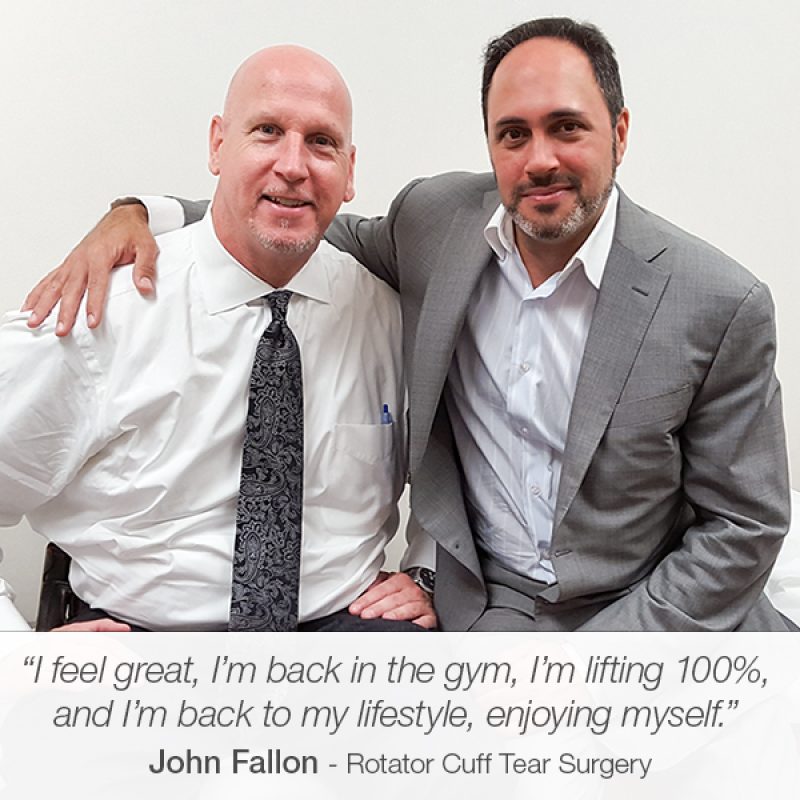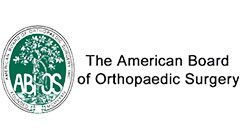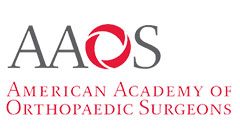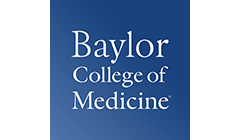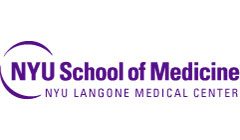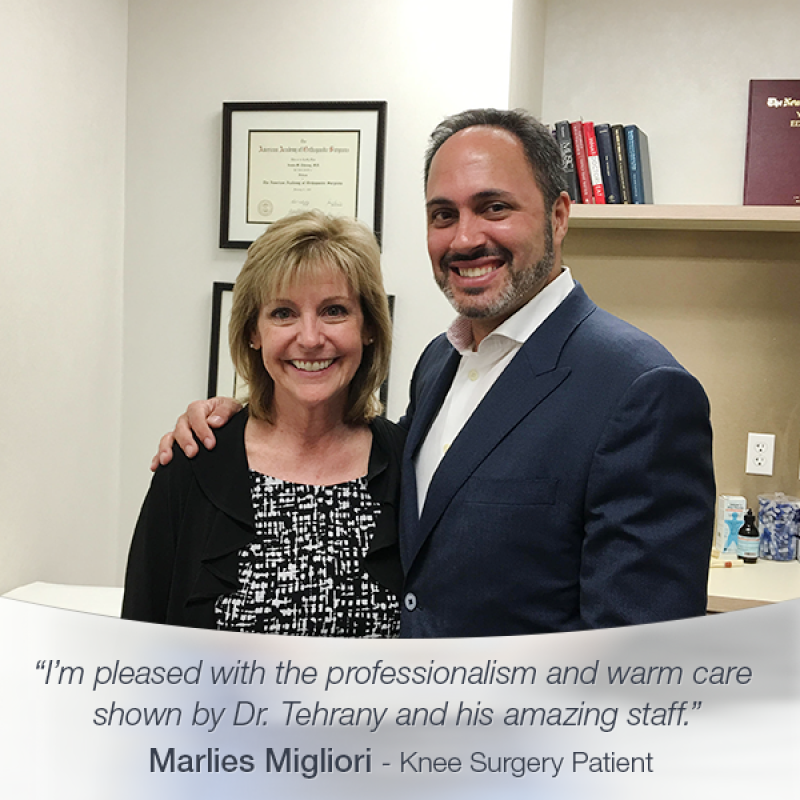
Knee
Anatomy, Conditions And Treatments
The knee joint is the largest and most complex joint in our body. The anatomy of the knee shows the elements that the knee consists of: bones. tendons, and ligaments. The knee connects the upper leg bone to the lower leg bone. Cartilage covers the ends of both leg bones and the underside of the patella, or knee cap. When these surfaces are smooth, the joint glides easily and without pain.
The knee joint, also known as tibiofemoral joint, is essential for everyday activities because it allows flexible movement of the lower leg while supporting the entire body and its weight. As a result of the constant pressure it bears, the knee is vulnerable and prone to injuries.
The video on the left is a perfect presentation of the knee anatomy.
The knee joins the thigh bone (femur) to the shin bone (tibia). The knee joint has two other bones: fibula – a smaller bone that runs alongside the tibia, and the kneecap, also known as the patella.
With the tendons, the knee bones are connected to the leg muscles that actually move the knee.
Ligaments join the knee bones and provide stability to the knee. There are three groups of ligaments:
- Anterior cruciate ligament – prevents the femur from sliding backward on the tibia
- Posterior cruciate ligament – prevents the femur from sliding forward on the tibia
- Medial and lateral collateral ligaments – prevent the femur from sliding side to side
If you’re struggling with knee pain, our team at Manhattan Orthopedic Care can help. We offer a variety of treatments that may be able to help reduce your pain, improve your mobility and quality of life.
Don’t let knee pain hold you back from living your best life! With Dr. Tehrany’s specialist care, you can embark on a journey to optimal knee health. Our boutique orthopedic practice specializes in knee conditions. Dr. Tehrany and our compassionate team are committed to life-changing knee treatment and procedures, ensuring that your journey toward healing begins without delay.
Being one of the most complex and most active joints, the knee is prone to injuries or developing severe or complex knee conditions such as:
- Dislocated Knee – A dislocated knee can mean a variety of different things. More often than not, it’s not the knee itself that’s dislocated, but the kneecap.
- Knee Arthritis – it is usually caused by aging and wear or tear of the cartilage. There are treatments available to control its further development.
- Torn Anterior Cruciate Ligament – Since the ACL is responsible for knee’s stability, torn ACL usually results with a non-functional knee and it often requires a knee surgery for repair.
- Meniscus Tear – When the meniscus is damaged, the knee becomes locked or blocked from movements, and surgical repair is required.
- Patellar Tracking Disorder – This condition occurs when the bones, muscles or ligaments around the patella are suffering from some problem.
- Patellofemoral Pain Syndrome – This condition, also known as Runner’s Knee, is an irritation of the cartilage on the back of the patella.
As you gently navigate your way to reduced pain, improved mobility, and an enhanced quality of life, remember that at Manhattan Orthopedic Care, you’re not just receiving medical treatment; you’re experiencing personalized care and precision. Book your appointment today, and take the next step towards reclaiming your life’s rhythm and vitality.
The treatment of these knee conditions depends on the complexity of the knee injury. In some cases knee surgery may be the only option. In others, it may be best to defer to physical therapy or other options. The care our orthopedic doctors provide to patients includes different types of knee procedures and knee surgeries. If the nature of the knee injury allows, we provide non-invasive treatments, which are less complex, without down-time so that patients may leave the surgery center the same day.
We are proud to say that our team of orthopedic specialists utilizes the advantages of the latest technologies and techniques to perfect the orthopedic procedures. This enables us to make the complete knee surgery process smooth, easy and painless.


About The Author
Dr. Armin Tehrany is a board-certified orthopedic surgeon specializing in minimally invasive management techniques of knee and shoulder injuries and conditions in NYC. He is an Honorary Police Surgeon and serves as a Clinical Assistant Professor at Mount Sinai School of Medicine’s Department of Orthopedic Surgery. His specialist knowledge, expertise, and best practice methods of care in knee and shoulder treatment are recognized by the many awards received throughout his career.















